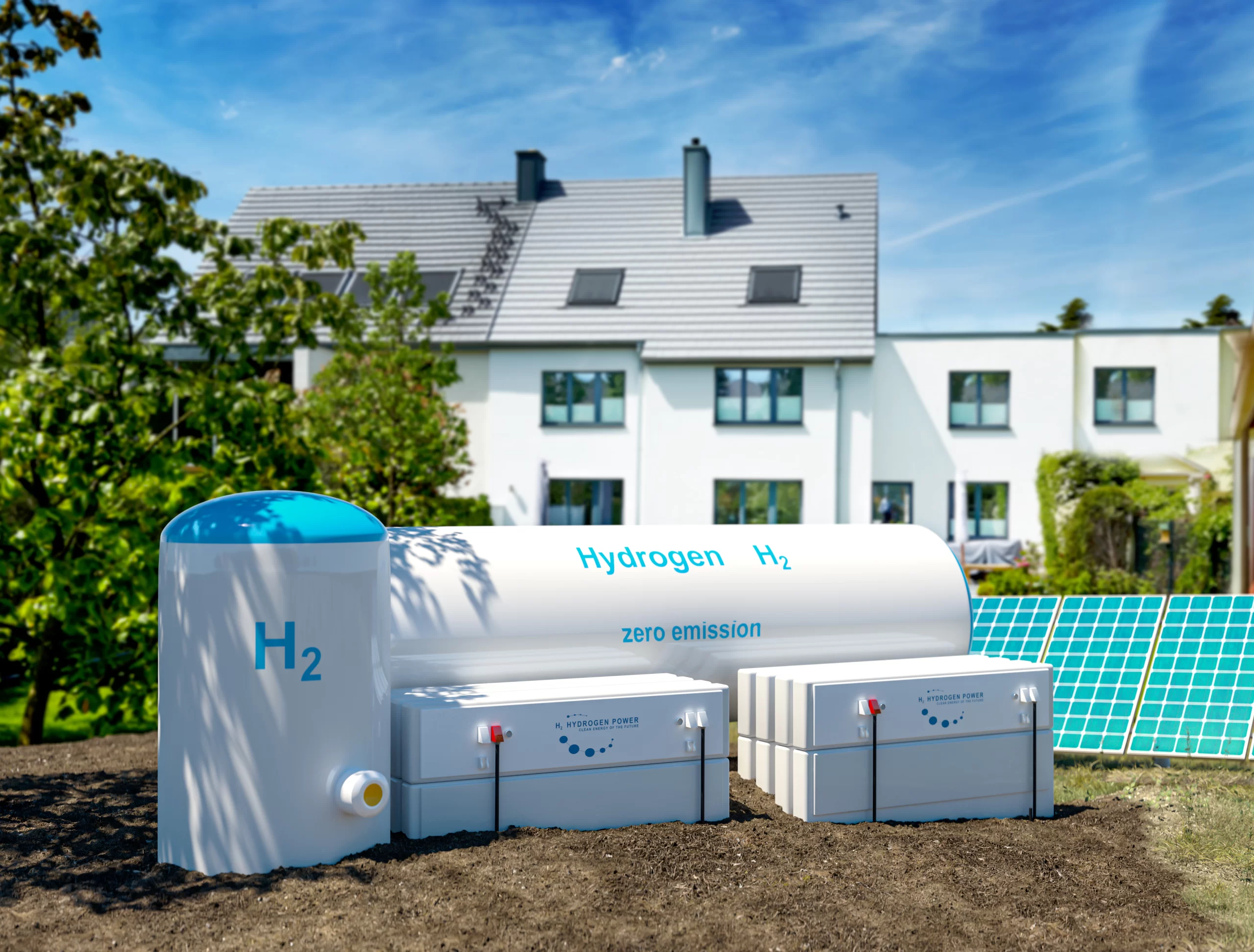HHO Terms
IN SIMPLE TERMS:
Petrol and diesel fuels are inherently inefficient, and a lot of the time there is unburnt fuel. The HHO gas burns much more quickly, cleanly and more powerfully. With 3 times the power as standard petrol or diesel, and this in turn helps to fully ignite and burn the standard fuel going into the engine.
Also as the HHO can provide slightly improved power, you need less acceleration, therefore less fuel to go the same speed. Finally, as the bi-product of burning HHO is water (more specifically steam) this will cool the engine, making it run cooler, therefore more efficient, plus you get the a ‘steam cleaning’ effect on the old carbon deposits inside the engine, giving more benefits for the engine.
IN MORE SCIENTIFIC DETAIL:
The supplemental hydrogen fuel cell system works by electrolysis, splitting H2O into diatomic 2H2.O2 which is commonly refered to as HHO gas, creating what is better known as ‘Brown’s gas’ after its’ discoverer. The main constituant is Hydrogen. The HHO gas is delivered to the engine mixed with the existing fuel and air mixture as a supplement. The HHO gas helps to burn the existing fuel more efficiently leaving you with a smoother cleaner running engine. The fuel cell can reduce carbon emissions thus helping to protect the enviroment and avoid failing government emission tests.
The HHO gas, when fed into an internal combustion engine, enhances the combustion of your existing fuel. The enhanced combustion means that you need MUCH less fuel to do the job.




